Full text
PDF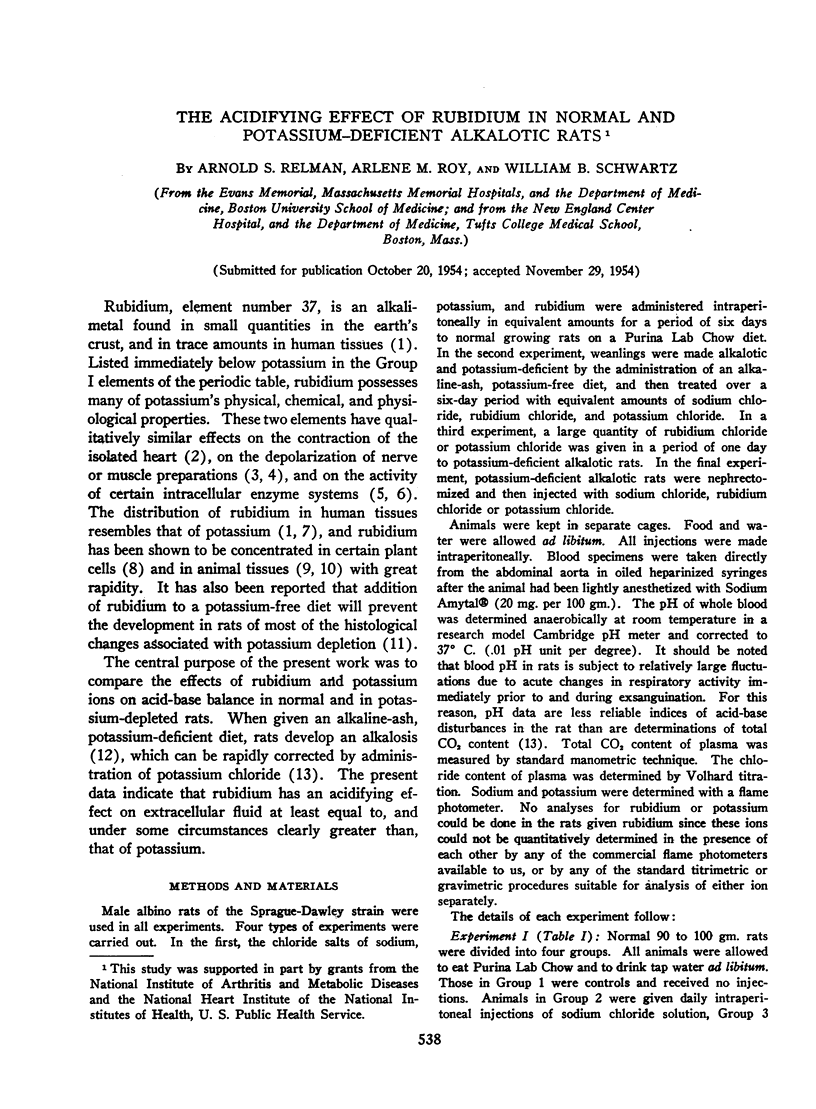
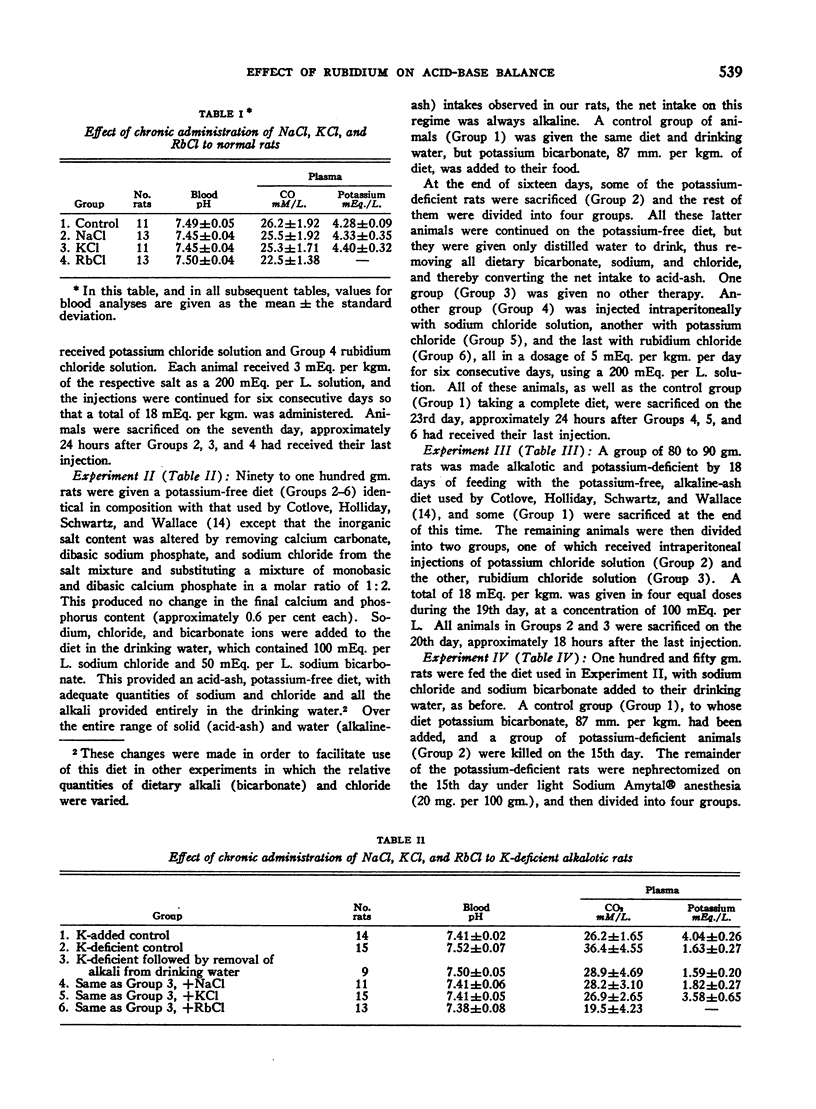
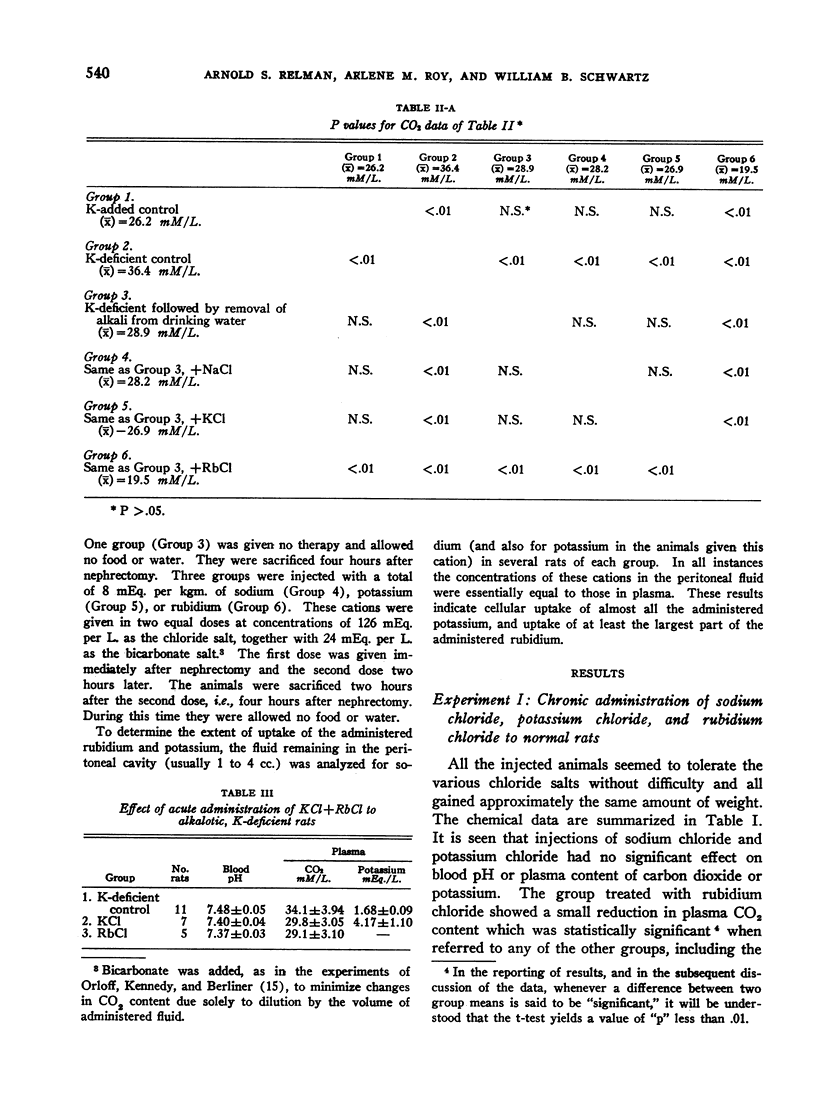
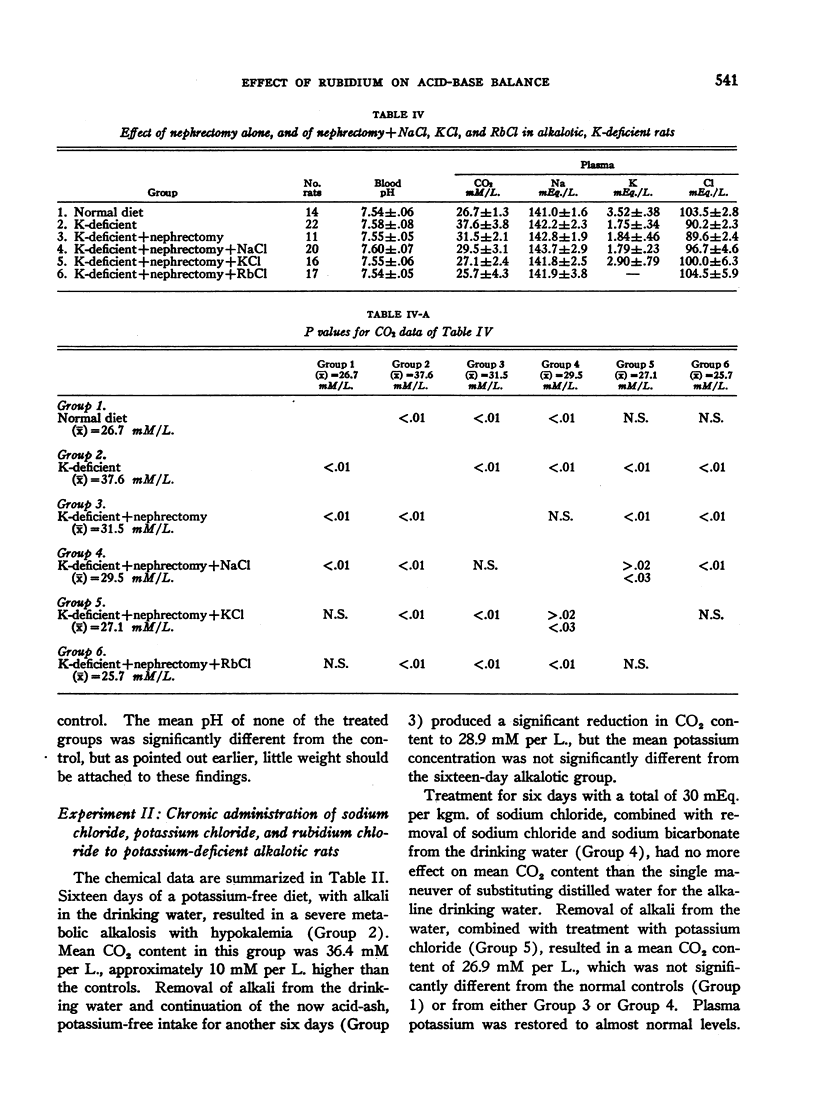
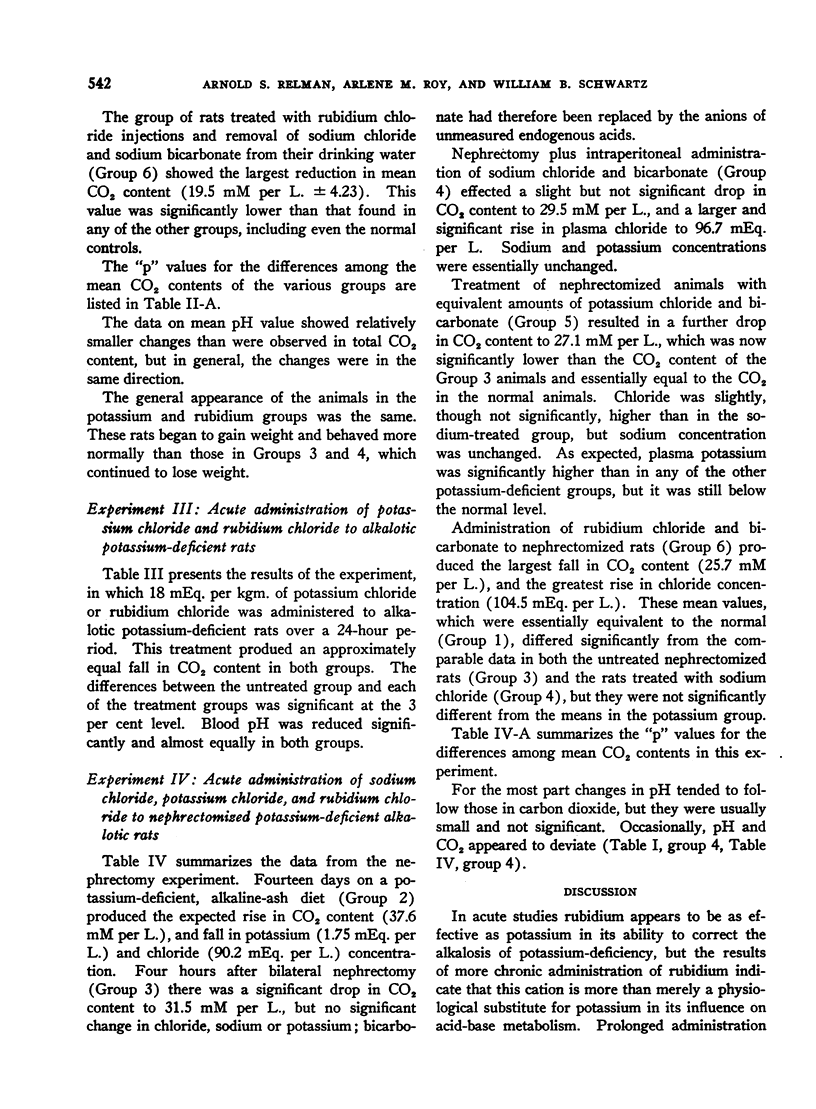
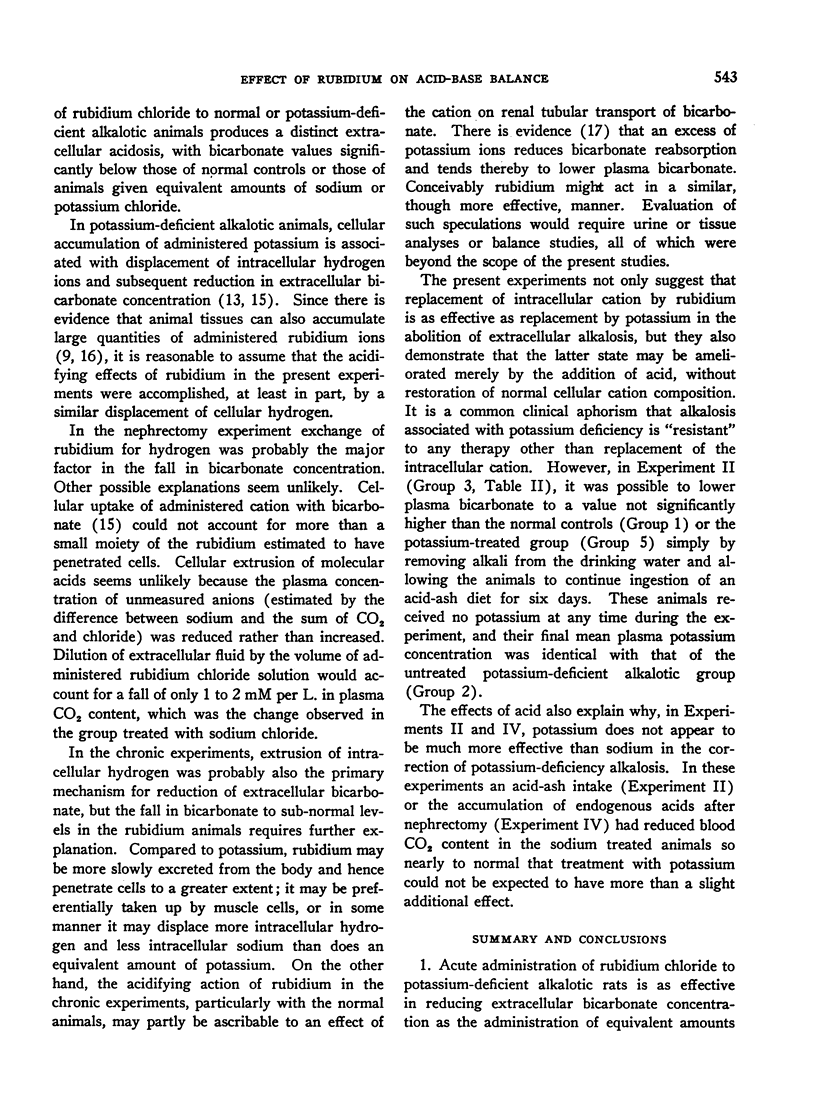

Selected References
These references are in PubMed. This may not be the complete list of references from this article.
- COOKE R. E., SEGAR W. E., CHEEK D. B., COVILLE F. E., DARROW D. C. The extrarenal correction of alkalosis associated with potassium deficiency. J Clin Invest. 1952 Aug;31(8):798–805. doi: 10.1172/JCI102665. [DOI] [PMC free article] [PubMed] [Google Scholar]
- COTLOVE E., HOLLIDAY M. A., SCHWARTZ R., WALLACE W. M. Effects of electrolyte depletion and acid-base disturbance on muscle cations. Am J Physiol. 1951 Dec;167(3):665–675. doi: 10.1152/ajplegacy.1951.167.3.665. [DOI] [PubMed] [Google Scholar]
- Darrow D. C., Schwartz R., Iannucci J. F., Coville F. THE RELATION OF SERUM BICARBONATE CONCENTRATION TO MUSCLE COMPOSITION. J Clin Invest. 1948 Mar;27(2):198–208. doi: 10.1172/JCI101934. [DOI] [PMC free article] [PubMed] [Google Scholar]
- FENG T. P., LIU Y. M. The concentration effect relationship in the depolarization of amphibian nerve by potassium and other agents. J Cell Physiol. 1949 Aug;34(1):33–42. doi: 10.1002/jcp.1030340104. [DOI] [PubMed] [Google Scholar]
- LOVE W. D., ROMNEY R. B., BURCH G. E. A comparison of the distribution of potassium and exchangeable rubidium in the organs of the dog, using rubidium. Circ Res. 1954 Mar;2(2):112–122. doi: 10.1161/01.res.2.2.112. [DOI] [PubMed] [Google Scholar]
- ORLOFF J., KENNEDY T. J., Jr, BERLINER R. W. The effect of potassium in nephrectomized rats with hypokalemic alkalosis. J Clin Invest. 1953 Jun;32(6):538–542. doi: 10.1172/JCI102769. [DOI] [PMC free article] [PubMed] [Google Scholar]
- ROBERTS K. E., MAGIDA M. G., PITTS R. F. Relationship between potassium and bicarbonate in blood and urine. Am J Physiol. 1953 Jan;172(1):47–54. doi: 10.1152/ajplegacy.1952.172.1.47. [DOI] [PubMed] [Google Scholar]
- Ringer S. An Investigation regarding the Action of Rubidium and Caesium Salts compared with the Action of Potassium Salts on the Ventricle of the Frog's Heart. J Physiol. 1884 Feb;4(6):370–386.20. doi: 10.1113/jphysiol.1884.sp000139. [DOI] [PMC free article] [PubMed] [Google Scholar]
- SANDOW A., MANDEL H. Effects of potassium and rubidium on the resting potential of muscle. J Cell Physiol. 1951 Oct;38(2):271–291. doi: 10.1002/jcp.1030380210. [DOI] [PubMed] [Google Scholar]
- Sheldon J. H., Ramage H. A spectrographic analysis of human tissues. Biochem J. 1931;25(5):1608–1627. doi: 10.1042/bj0251608. [DOI] [PMC free article] [PubMed] [Google Scholar]
- VON KORFF R. W. The effects of alkali metal ions on the acetate activating enzyme system. J Biol Chem. 1953 Jul;203(1):265–271. [PubMed] [Google Scholar]
- ZIPSER A., FREEDBERG A. S. The distribution of administered radioactive rubidium (Rb86) in normal and neoplastic tissues of mice and humans. Cancer Res. 1952 Dec;12(12):867–870. [PubMed] [Google Scholar]


